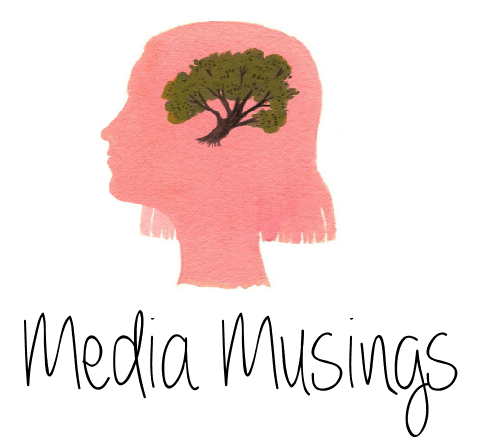It has been an issue that has consumed us all now for many, many years. When growing up, we are exposed to so many images of how women should look and act, television shows about models being the next face of a brand, talent shows turning young singers into sex icons, and most of all the array of print media that tell us ladies can have everything if they just lose the last 5kg.
There has been debate among academics as to why this is, and has ultimately been put down to one factor; Economic. Presenting an ideal that is difficult to achieve and maintain, these images and ideas allow for the cosmetic and diet industries to achieve continual growth and profits. "Marketers know that girls and women who are insecure about their bodies are more likely to buy beuty products, new clothes and diet aids".
Images such as the ones above sell for both men, and women. The messages presented by these images in the media are powerful and wide-spread, The effects of expoure to these images over a long period of time has been proved to cause depression, lack of self-esteem, and eating disorders in young women.
" These messages are so powerful and widespread in our culture that they affect girls long before they are exposed to fashion or beauty ads or magazines: three-year-olds already prefer game pieces that depict thin people over those representing heavier ones, while by age seven girls are able to identify something they would like to change about their appearance. These attitudes only get more powerful as girls get older. In one survey nearly half of nine- to twelve-year-old girls said they wanted to be thinner and had either been on a diet or were aware of the concept of dieting. "This is an issue which has been discussed over and over in the media, and although it has become slightly better, the notion of the female being perfected is still a large problem in mainstream media.
Sourced: Media Smarts


















